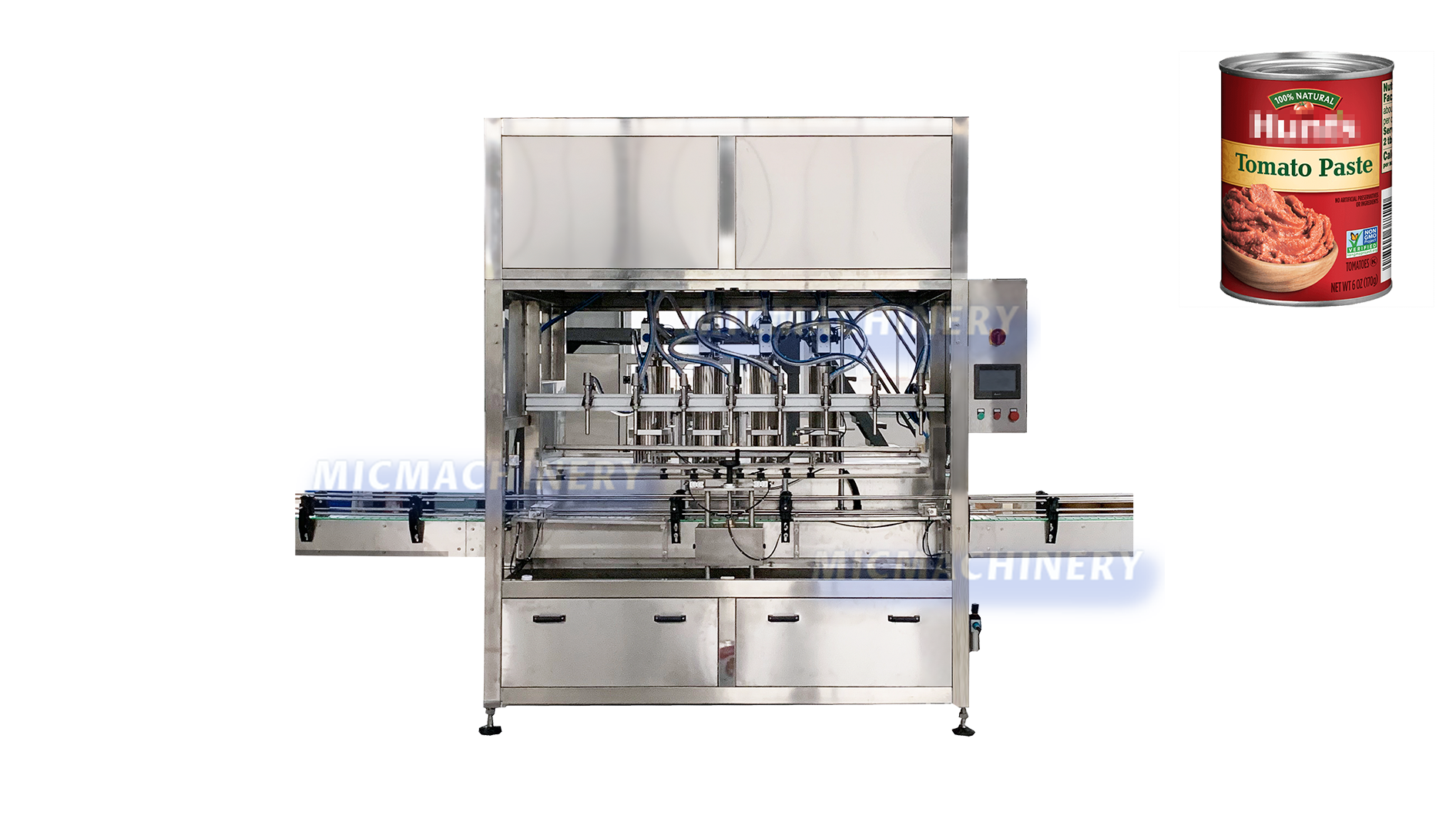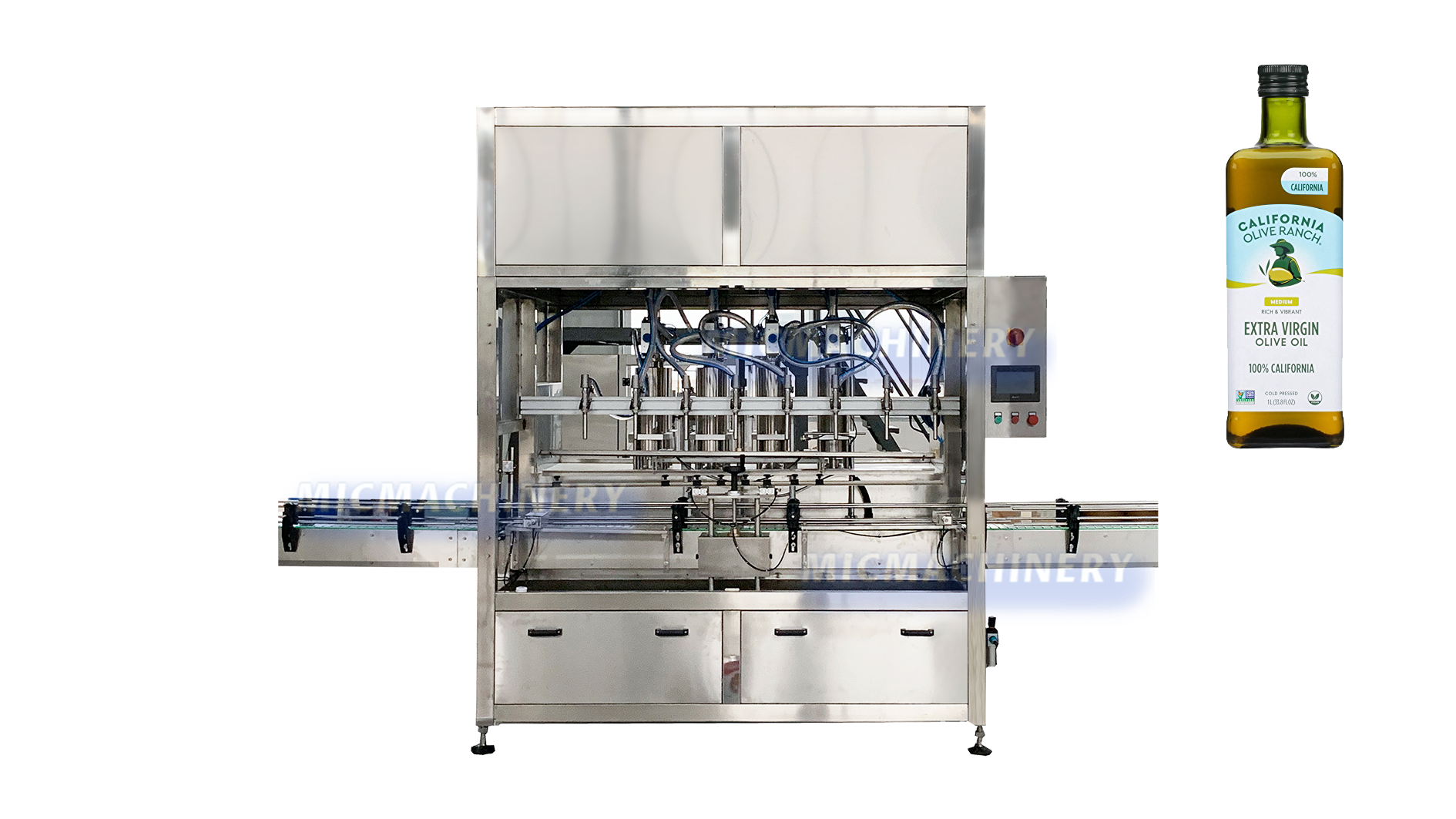What Is a Malt Beverage? Beyond the Beer Aisle
What Is a Malt Beverage? Beyond the Beer Aisle
Walk down the aisle of any convenience store or supermarket, and you’ll see a vast array of chilled cans and bottles. Among the beers, seltzers, and sodas, you’ll likely encounter a category labeled “malt beverages.” But what does that term actually mean? Is it just another name for beer, or is it something entirely different?
The answer is nuanced. While all beers are malt beverages, not all malt beverages are beer in the traditional sense. Understanding this distinction explains the diversity of products on the shelf today.
The Core Definition: Built on a Malt Base
At its simplest, a malt beverage is any drink where the primary fermented sugar comes from malted grains—most commonly barley, though wheat and rye are also used. The process begins similarly to beer: the grains are malted (soaked and allowed to germinate), mashed to extract sugars, boiled, and then fermented with yeast. This fermentation creates alcohol and carbonation.
This malt base is the legal and compositional foundation of the product. However, what happens after this base is created is where the category diverges dramatically from a classic pilsner or IPA.
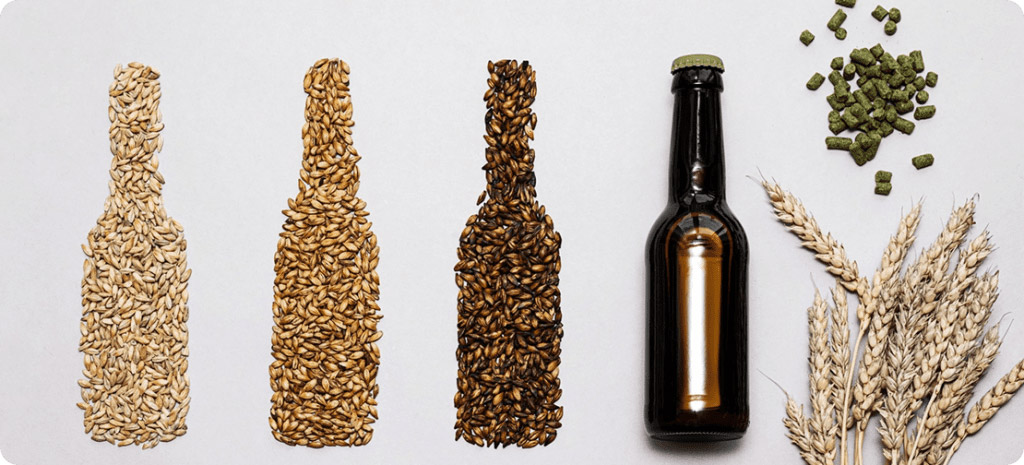
Malt Beverages vs. Traditional Beer
The key difference often lies in the ingredients and the intent.
• Traditional Beer: Follows the German Reinheitsgebot (Beer Purity Law) in spirit, if not always in practice. Its character
is defined by the malt and hops, with yeast playing a crucial role. The flavor profile is derived from these core
ingredients.
• Modern Malt Beverage: The fermented malt base is treated as a neutral, alcoholic canvas. Brewers then add a wide
array of flavors, sweeteners, and colors to create a specific taste experience that often masks any traditional “beer”
flavor. This is why you see products that taste like fruit punches, lemonades, iced teas, and hard seltzers all falling
under the “malt beverage” umbrella.
Why the Category Exists: A Regulatory Loophole
|
A significant reason for the popularity of malt beverages in the market boils down to regulation. In the United States, beer (and by extension, malt-based drinks) is regulated by the Alcohol and Tobacco Tax and Trade Bureau (TTB). Spirits and wines are regulated more strictly by the FDA and TTB.
By using a malt base as the source of alcohol instead of distilling spirits or fermenting fruit (wine), producers can often benefit from:
• Lower Tax Rates: Beer typically has a lower federal excise tax than distilled spirits. |
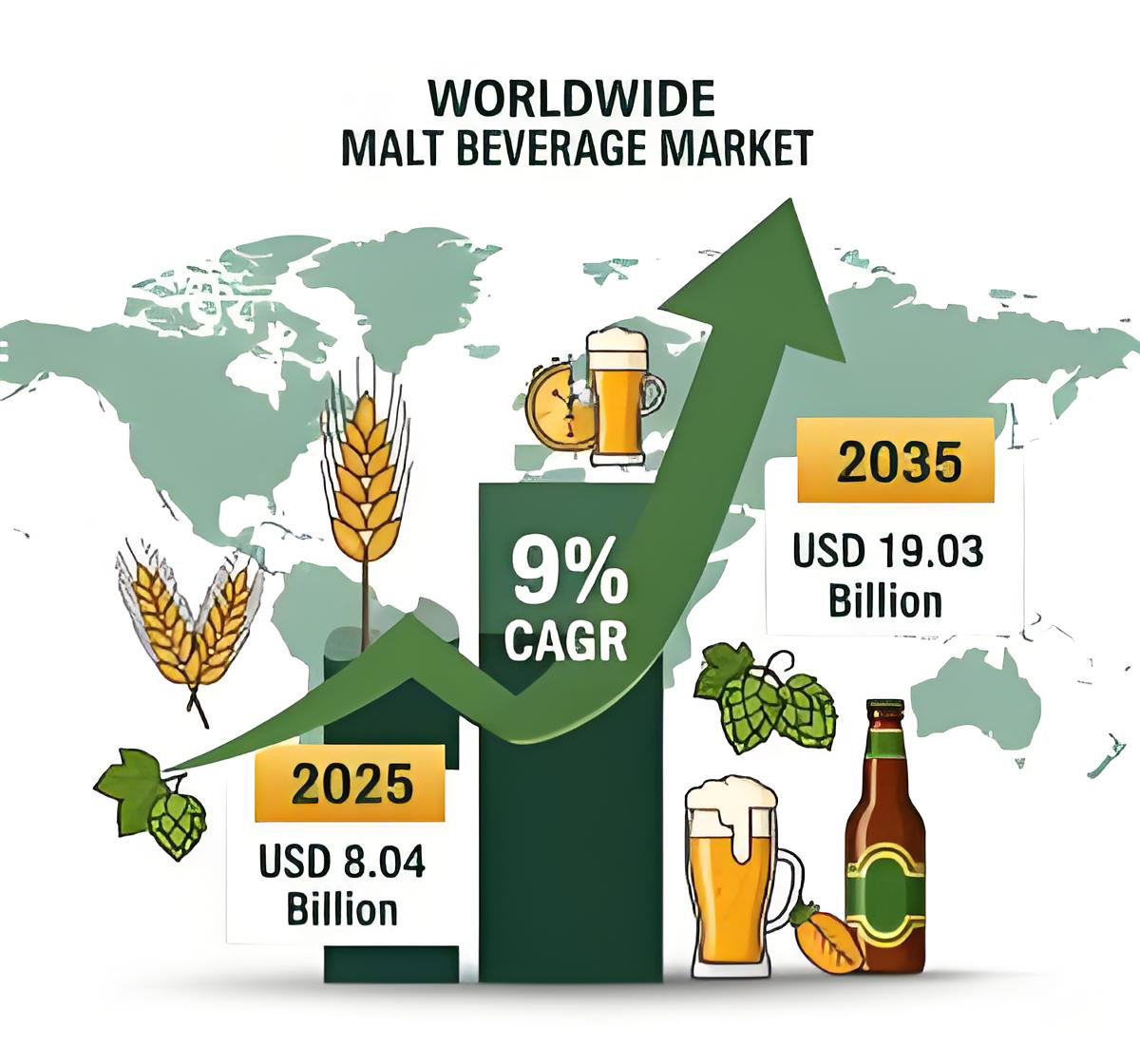 |
• Simplified Distribution: They can use the established three-tier beer distribution system, which is often more
accessible than that for spirits.
• Broader Retail Availability: In many states, malt beverages can be sold in grocery and convenience stores, where
spirits cannot.
This makes malt beverages an efficient and economical way to bring a wide variety of flavored alcoholic drinks to a mass market.
The Role of Production: From Brew Kettle to Can
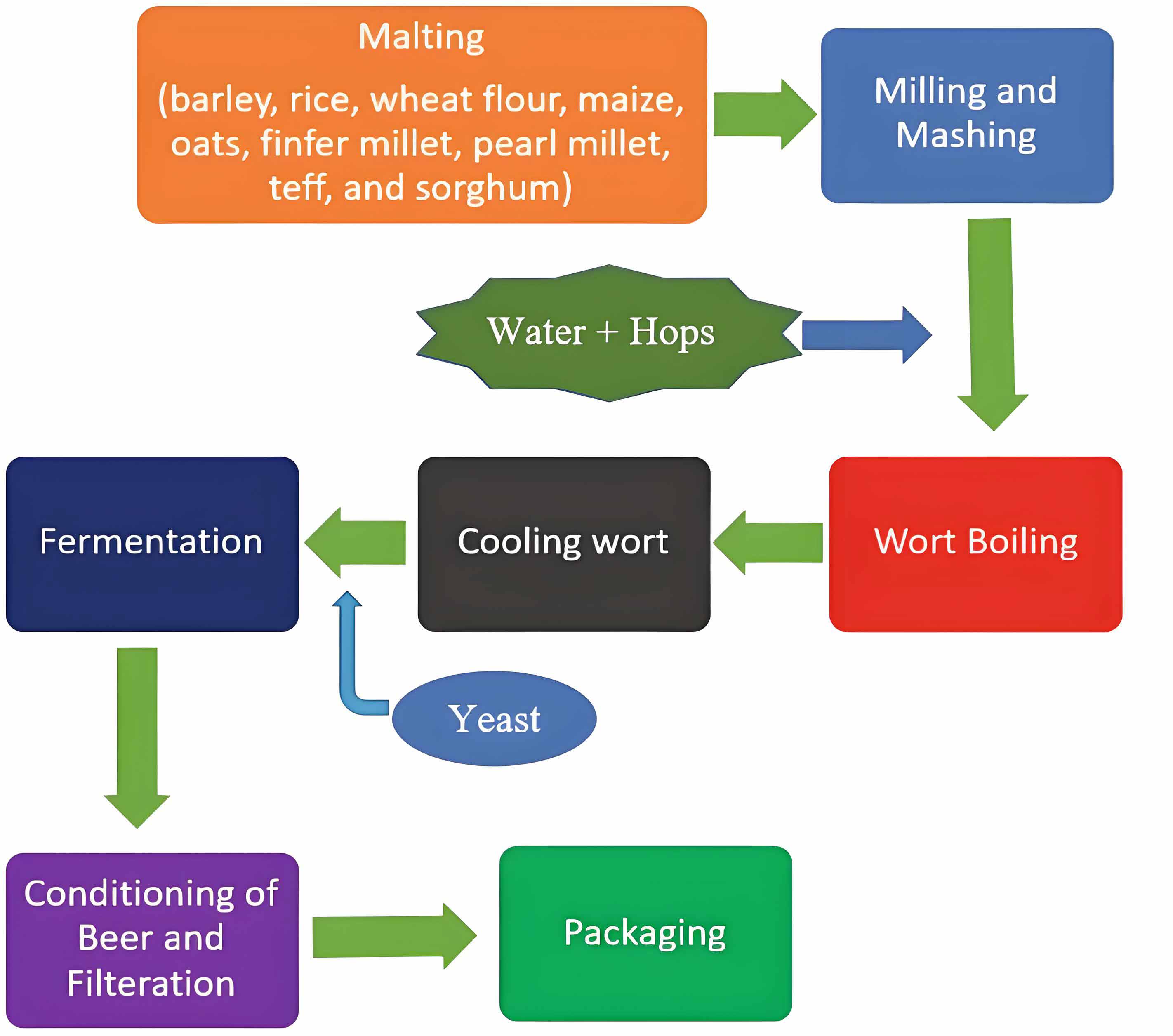 |
The production of these beverages is a fascinating blend of traditional brewing and modern soft drink manufacturing. After the malt base is fermented, it is often filtered to remove color and any residual beer-like taste, creating a clean, neutral liquid.
This is where the process diverges. Large stainless steel blending tanks are used to meticulously mix the neutral alcohol base with flavor concentrates, sweeteners (like sugar or sucralose), and acids. Ensuring consistency and carbonation level across millions of units is a massive technical challenge. This is where high-speed automation is critical. Once the perfect blend is achieved, the liquid is |
ready for packaging by a high-speed beverage filling machine.
A modern beverage filling machine is engineered to handle this carbonated, often sugary, liquid with precision. It sanitizes cans or bottles, fills them to exact volumes without losing carbonation, seals them airtight, and often pasteurizes them to ensure shelf stability. The efficiency of the beverage filling machine is a key factor in making these products widely available and affordable.
Common Examples of Malt Beverages
|
You are almost certainly familiar with many popular malt beverages:
• Hard Seltzers: Many of the top brands use a fermented sugar base derived from malt, making them technically malt beverages.
• Alcopops: Sweet, fruit-flavored drinks like Smirnoff Ice, Mike’s Hard Lemonade, and Four Loko.
• Flavored Ales: Some beverages that are labeled as |
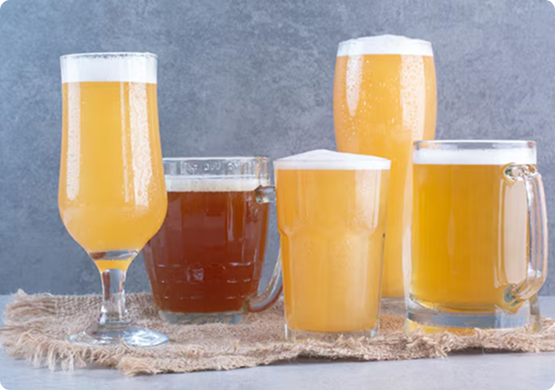 |
"ale" but are overwhelmingly flavored to taste like fruit, candy, or dessert.
• Non-Alcoholic Malt Drinks: Popular in various parts of the world, these are brewed like beer but have their alcohol
removed or limited.
The Bottom Line
So, what is a malt beverage? It is a versatile and legally distinct category of alcoholic drink built on a fermented grain foundation. It’s a blank slate that allows producers to create a nearly endless array of flavors to meet consumer demand, all while navigating a specific regulatory landscape. The next time you pick up a fruity, canned drink, check the label. If it says “malt beverage,” you’ll know the story behind its creation—from the brew house to the sophisticated beverage filling machine that brought it to your hand.

